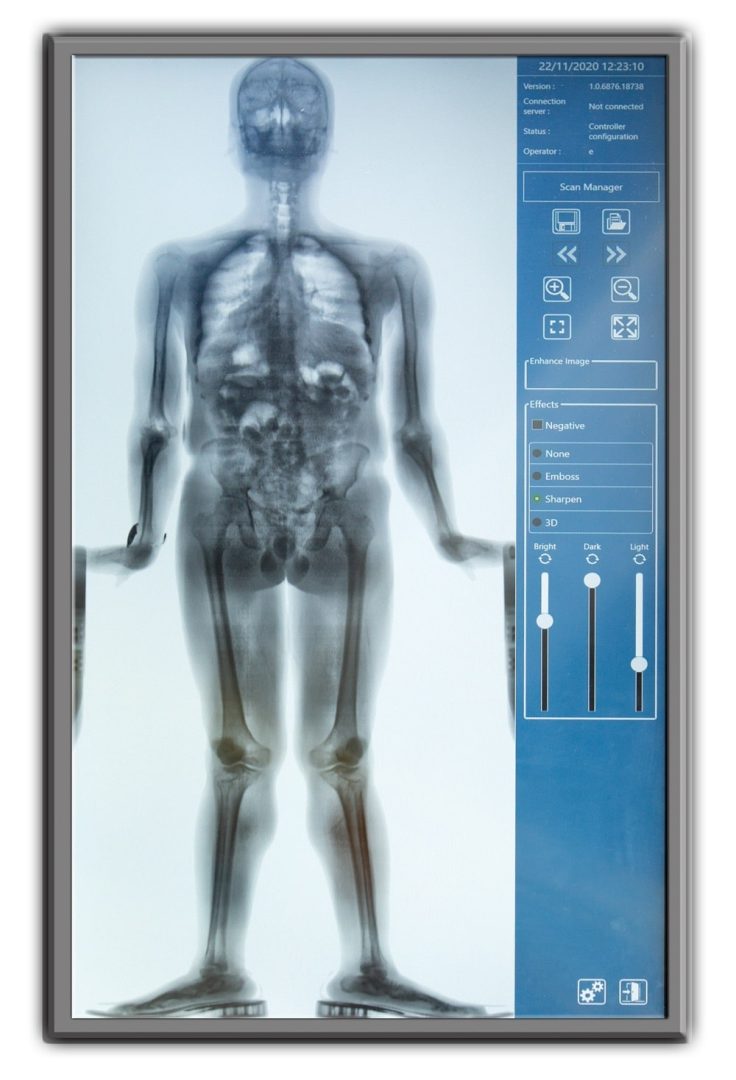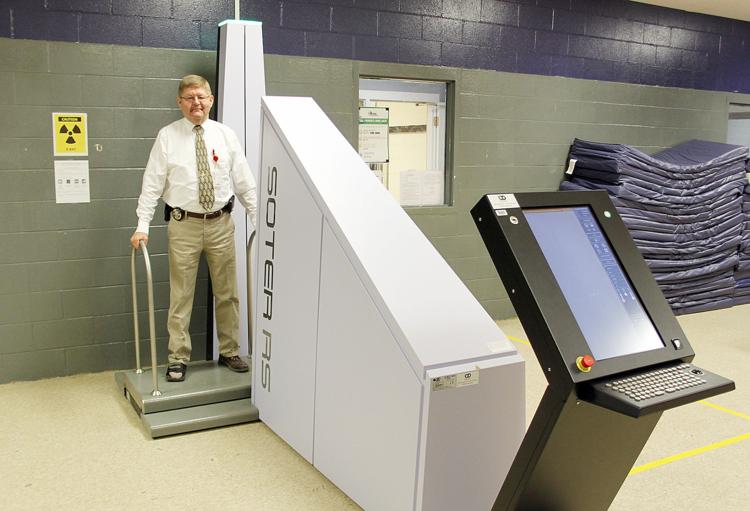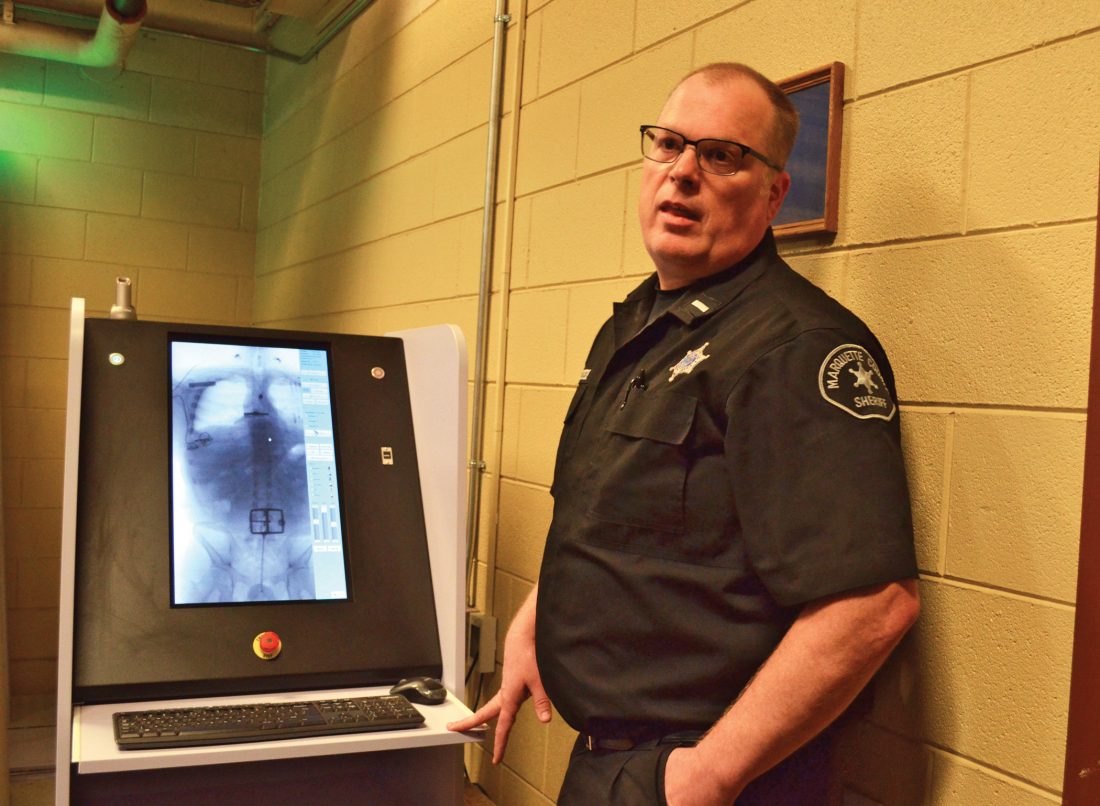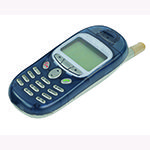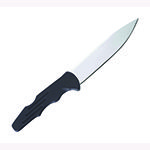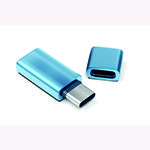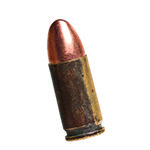
Seeking A Dependable Approach to Keep Contraband Out of Your Facility in Indiana?
OD Security North America Has Productive Detection Technology for Corrections!
Telephone 979-415-3410 Now!
When you need dependable and foolproof Detection Technology for Corrections for jailers and prisoners welfare at your Indiana facility, not just any Detection Technology for Corrections is sufficient.
To exclude banned contraband, Detection Technology for Corrections in Indiana must be fast and convenient plus produce clear imagery.
Identifying the slightest quantities of illicit items takes a precise scanning technique.
This is exactly why you need to contact OD Security North America for effective Detection Technology for Corrections that deliver fast, safe, and contactless inspections.
So why turn to OD Security North America to deliver Detection Technology for Corrections for your Indiana location?
- Multiple useful connection alternatives to create useful Detection Technology for Corrections!
- Best in class digital media quality to make even small-sized illegal goods a breeze to spot!
- Gives teaching and on call local support 24-hours a day when necessary!
Featuring sixty plus years of clinical x-ray logistics management experience, OD Security North America has created streamlined and effective Detection Technology for Corrections in Indiana to serve your specific scanning demands!
Detection Technology for Corrections by OD Security North America will find contraband before it enters your jail in Indiana!
Searching for Detection Technology for Corrections in Indiana?
OD Security North America Has The Detection Technology for Corrections You Need!
Contact Us At 979-415-3410 Soon!
FAQs
Following are some of the most common questions asked about the use of body scanners in jails and prisons.
How is contraband detected in prisons?
Contraband is detected in prisons via inmate dog searches, random shakedowns, and with the use of metal detectors.
Dogs are used by prison staff to detect items that may be illegal or dangerous in prisons. This includes detecting drugs, weapons, blood, semen and other bodily fluids. The drug detection dogs are trained specifically to detect drugs, and are highly effective. While the dog searches around facilities or inside buildings, officers monitor it closely to ensure that all areas of interest are detected.
Searches typically happen on a random basis without warning; the dogs can signal the presence of contraband in any number of locations within a facility, including cells (both occupied and unoccupied), living quarters, common areas, visitors area, work areas and prison yards.
Metal detectors are used to detect weapons or other kinds of metallic objects that could be used as illegal tools inside prisons or smuggle in contraband items. Metal detectors can be portable or stationary. The detector is usually attached to a wand which the officer uses to sweep the person or objects.
If something suspicious is detected, the officer may ask that the person who is being screened to open their jacket so they can see what kind of metal objects are inside it. As with the drug detection dogs, if an individual passes through a metal detector but still has contraband items concealed on his/her body, the dog will signal the officer.
Random shakedowns require correctional officers to conduct a thorough search of inmates’ living quarters, cells and work areas for contraband items. Once a search has been ordered, all personnel - including prison staff and visitors – must leave so that only prisoners remain inside the area being searched. The number of random searches performed is at the discretion of prison staff, however these searches are considered important components of a comprehensive contraband prevention program.
These methods have proven to be effective at preventing the smuggling of illegal items inside prisons. However, sometimes detainees find creative ways to bring contraband into correctional facilities.
According to The Correctional Services Journal, there are some common ways that detainees use to smuggle contraband into prisons, including:
- Using children or pregnant women as couriers.
- Concealing items inside their bodies.
- Smuggling in food and drink from outside the prison walls.
- Delivering packages via drones.
- Fighting with prison officers to acquire cell phones on their person.
- Committing crimes with the intent of being imprisoned in a specific facility. Other detainees may smuggle contraband into prison to gain favor with gang members or other influential figures in prisons, who can then provide them with access to drugs and/or mobile phones.
Once the detainee has smuggled in the phone, they can use it to solicit people outside of the prison walls to bring in drugs, money and other items. This acts as a form of outsourcing for prisons with high levels of contraband devices in them.
How do full body scanners in jails work?
Since the inception of jail body scanners, correctional officials have found that contraband is being missed in standard pat down searches.
Since the inception of jail body scanners, correctional officials have found that contraband is being missed in standard pat down searches. Full-body scanning technology allows officers to scan prisoners with a backscatter X-ray machine or millimeter wave scanner. The scanners detect any objects hidden on the prisoner’s body, such as weapons or drugs.
How are body scanners used in correctional facilities?
Body scanners are used as a means to detect illegal items – such as weapons – that may be concealed underneath a person’s clothes. This technology can be incorporated into an airport-style security check, where the officer uses a wand attached to a scanner to sweep over a person’s body and determine their potential for carrying contraband.
The officer may also require that people open their clothes and hold them apart, or leave the area temporarily so the officer can scan it without obstruction. This is usually done to ensure maximum detection; metal detectors cannot detect plastic, ceramic or cell phone components.
If a person is detected as carrying illegal items such as weapons, phones or drugs on their body, the officer may request that they open their jacket to remove the object or conduct an on-the-spot strip search.
What is the technology of body scanners used in correctional facilities?
There are different types of body scanners used in correctional facilities. These include walk-through metal detectors, hand-held metal detectors and millimeter wave scanners.
Walk-through metal detectors are the most common type of body scanner used in correctional facilities; they allow officers to conduct security checks on people with minimal disruption or inconvenience. The officer simply walks through the metal detector with a person and indicates when they have passed through it.
Hand-held metal detectors are perhaps more accurate, as they allow officers to sweep over areas of a person’s body from all angles in order to detect any concealed items. These scanners also incorporate a wand with a retractable antenna, which is passed over the body of a person to detect potential contraband items.
Millimeter wave scanners are perhaps the most high-tech, as they work on the principle of radar technology. Inmates are required to stand between two giant antennae while their bodies are scanned for concealed items. Since millimeter waves will penetrate through clothing, this form of body scanner is particularly effective in detecting items concealed underneath clothing.
A person’s level of risk for carrying contraband is determined by factors such as the behavior they display, their criminal history and how cooperative they are with security procedures. Certain profiling criteria will be used to determine an individual’s potential for carrying contraband; these factors often include gender, age, ethnicity and how nervous or anxious they are.
Why are body scanners used in correctional facilities?
Body scanners are implemented in prison systems for a number of reasons. First, their use reduces the risk of contraband entering prisons through the front gate; this helps address security issues surrounding drug trafficking in correctional facilities. Second, the use of scanners enables officers to conduct security checks in a less intrusive and more efficient fashion. This can help with overcrowding and time constraints faced by prison officials.
Why are body scanners an essential technology in correctional facilities?
Body scanners play an important role in preventing contraband entering prisons and jails, and their use is recognized as a best practice in prison security. Their presence helps to ensure that inmates are kept safe while they serve their time, which ultimately makes prisons safer for everybody involved.
What is the benefit of full body scanners in correctional facilities?
Full body scanners allow officers to sweep all areas of a person’s body, including their legs and hands. This means that the officer will be able to detect any concealed items in these sensitive areas.
Scanners used for full body screening can detect items such as mobile phones and drugs, which may be hidden under clothing or strapped onto a person’s body.
The presence of security scanners at prison gates not only improves security, it also can improve safety for inmates and staff by stopping contraband from entering the facility. It also reduces staffing needs so officers are freed up to do other work within the prison.
What is the difference between full body scanners and metal detectors in prisons?
Metal detectors are used in correctional facilities to detect concealed items that are being carried on a person’s body or clothing. Full body scanners allow officers to sweep all areas of a person’s body, including their legs and hands, in an effort to detect any concealed items.
The presence of security scanners at prison gates not only improves security, it also can improve safety for inmates and staff by stopping contraband from entering the facility. It also reduces staffing needs so officers are freed up to do other work within the prison.
Are full body scanners efficient to use in correctional facilities?
Yes, full body scanners allow officers to sweep all areas of a person’s body, including their legs and hands. This means that the officer will be able to detect any concealed items in these sensitive areas. Scanners used for full body screening can detect items such as mobile phones and drugs, which may be hidden under clothing or strapped onto a person’s body.
Body scanners are implemented in prison systems for a number of reasons. First, their use reduces the risk of contraband entering prisons through the front gate; this helps address security issues surrounding drug trafficking in correctional facilities. Second, the use of scanners enables officers to conduct security checks in a less intrusive and more efficient fashion. This can help with overcrowding and time constraints faced by prison officials.
Are full body scanners a secure way of screening people in correctional facilities?
Full body scanners allow officers to sweep all areas of a person’s body, including their legs and hands, which means that the officer can detect any concealed items in these sensitive areas.
Metal detectors are used in correctional facilities to detect concealed items that are being carried on a person’s body or clothing. Scanners used for full body screening can detect items such as mobile phones and drugs, which may be hidden under clothing or strapped onto a person’s body.
The presence of security scanners at prison gates not only improves security, it also can improve safety for inmates and staff by stopping contraband from entering the facility. It also reduces staffing needs so officers are freed up to do other work within the prison.
Are full body scanners common in correctional facilities?
Body scanners are part of a standard security screening process in many correctional facilities, allowing officers to conduct thorough searches without the need for physical contact.
Do full body scanners ensure safety?
Yes, full body scanners allow officers to conduct thorough searches without the need for physical contact.
The presence of security scanners at prison gates not only improves security, it also can improve safety for inmates and staff by stopping contraband from entering the facility. It also reduces staffing needs so officers are freed up to do other work within the prison.

